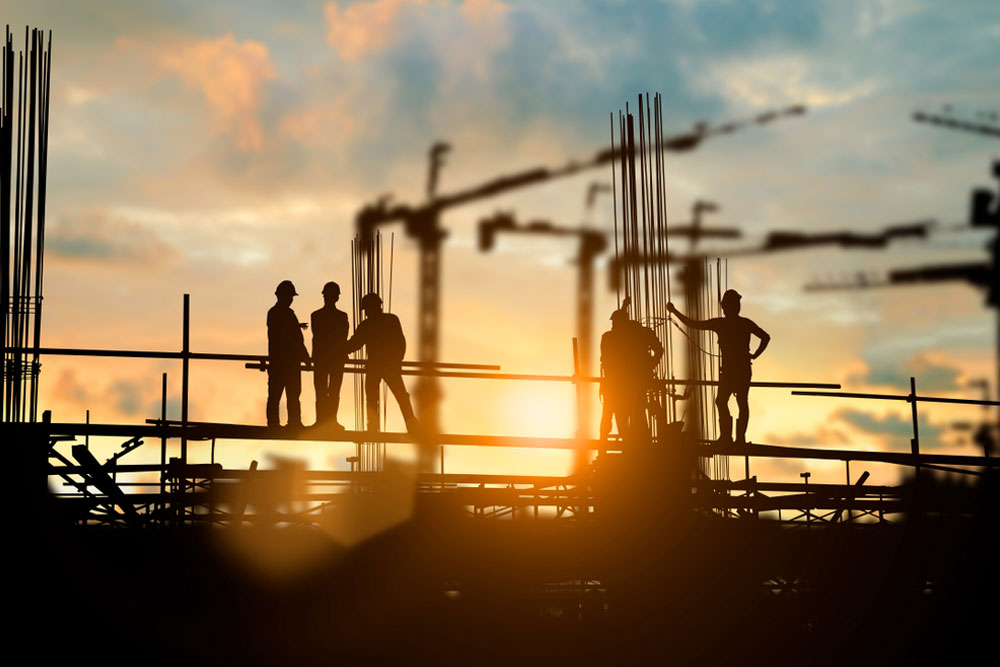Defective construction work can result in costly repairs, project delays, and potential safety hazards. As construction defect and commercial real estate attorneys, we understand the importance of addressing these issues efficiently. This article will outline the key steps to handle defective construction work and protect your interests.
Step 1: Identify and Document the Defect
- Define the Defect: Explain what constitutes a construction defect, such as structural issues, material deficiencies, or improper installation.
- Document Thoroughly: Collect photographs, videos, blueprints, and reports that demonstrate the defect.
- Engage an Expert: Hire a qualified inspector or engineer to assess and document the defect professionally.
Step 2: Review the Contract and Warranties
- Check the Terms: Determine what warranties and guarantees apply to the project.
- Notice Requirements: Review the contract for specific requirements on how and when to notify the contractor of any issues.
- Scope of Liability: Identify the responsible parties, such as contractors, subcontractors, or suppliers.
Step 3: Notify the Contractor and Seek Correction
- Provide Formal Notice: Alert the contractor in writing, with a detailed description of the defect and request for repair.
- Allow for Remedy: Give the responsible parties the opportunity to address and repair the defect.
- Document All Interactions: Keep records of all communications related to the defect and the efforts to correct it.
Step 4: Explore Alternative Dispute Resolution (ADR)
- Mediation: Outline the process of mediation to resolve the defect without litigation.
- Arbitration: Discuss the benefits of arbitration for a quicker, binding resolution.
- Benefits of ADR: Highlight the potential cost and time savings compared to a court case.
Step 5: Consider Legal Action if Necessary
- Consult an Attorney: Explain the value of consulting a construction defect attorney for complex cases.
- File a Lawsuit: Outline the process for filing a claim and seeking damages for repair costs, diminished value, or other losses.
- Recovery Options: Describe potential recoveries, such as repair costs, reimbursement, or punitive damages if applicable.
Step 6: Repair and Monitor the Work
- Supervise Repairs: Ensure that repairs are completed to industry standards by qualified professionals.
- Future Monitoring: Emphasize the importance of periodic inspections to prevent future defects or issues.
How We Can Help
At Stryker Slev Law Group, we specialize in handling construction defect cases in San Diego. With our extensive experience, we can guide you through each step, from documenting the defect to pursuing legal action if necessary. Our team is dedicated to ensuring that your interests are protected, and we work diligently to secure the best outcome for your case.



